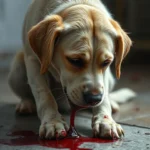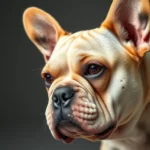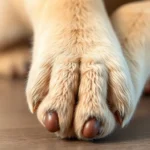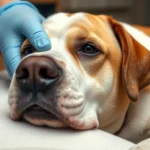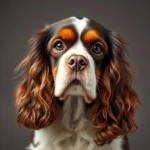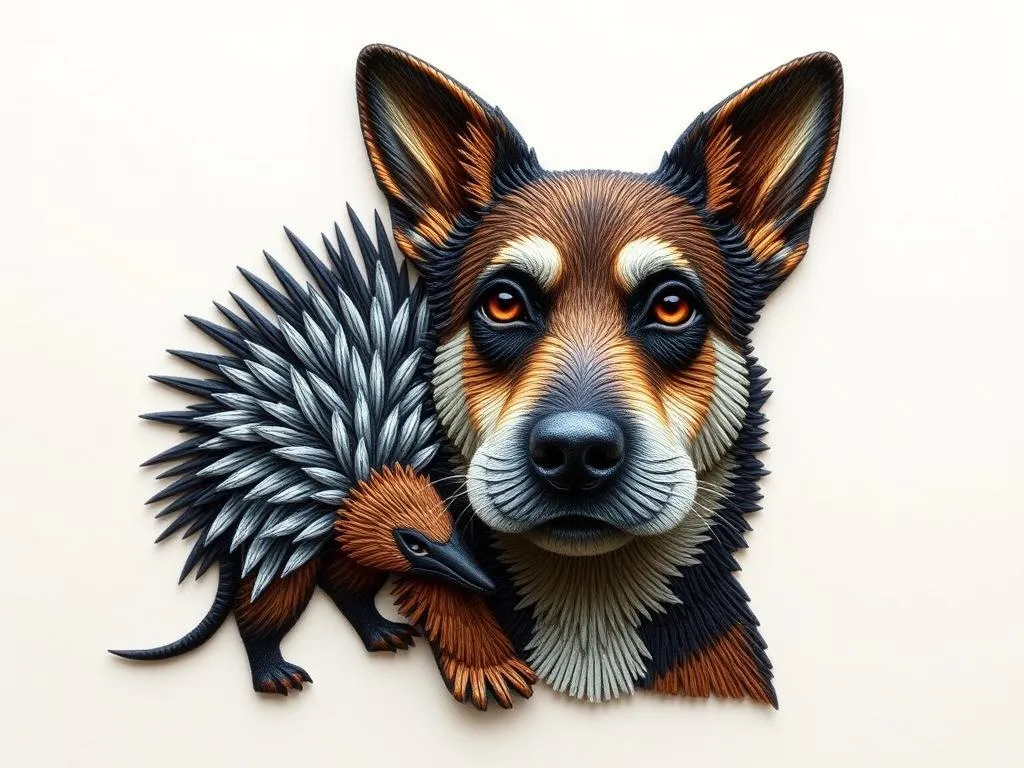
Introduction
Encountering wildlife can be a common occurrence for dogs, especially those that love to explore. One unfortunate situation that can arise is when a dog gets quilled by a porcupine. This can lead to distress, pain, and a need for urgent care. Understanding how to handle this situation is crucial for every dog owner.
Statistics
In rural areas, encounters between dogs and porcupines are more frequent than many pet owners realize. According to some estimates, up to 15% of dogs may experience a quilling incident at least once in their lives, particularly in regions where porcupines are prevalent.
Importance of Seeking Professional Help
While immediate actions can provide temporary relief, the role of a veterinarian is vital in effectively treating a quilled dog. They have the expertise to assess the extent of injuries and ensure that all quills are removed safely.
Understanding the Problem
What Does “Quilled by a Porcupine” Mean?
When we say a dog is quilled by a porcupine, it means that the dog has been poked or stabbed by the sharp quills that porcupines use as a defense mechanism. These quills can embed themselves in the dog’s skin, causing pain and injury.
Porcupine Defense Mechanism
Porcupines have over 30,000 quills covering their body, which they use to deter predators. When threatened, a porcupine will turn its back and use its sharp quills to defend itself. Unlike what many believe, porcupines cannot shoot their quills; they simply detach when a predator comes into contact with them.
Common Scenarios Leading to Quilled Dogs
Dogs are naturally curious and may approach a porcupine out of sheer curiosity or playfulness. Common behaviors that lead to such encounters include:
- Sniffing: Dogs often sniff around bushes or trees where porcupines may be hiding.
- Chasing: A dog may run after a porcupine, not realizing the danger.
- Exploring: Dogs exploring wooded or rural areas are at a higher risk of encountering porcupines.
These encounters typically occur in environments such as forests, rural neighborhoods, and areas near water bodies where porcupines are known to inhabit.
Immediate Actions to Take
Assessing the Situation
If you suspect your dog has been quilled by a porcupine, it’s essential to assess the situation calmly. Look for signs such as:
- Whining or whimpering: Your dog may vocalize discomfort.
- Pawing at the face or mouth: This can indicate they are trying to remove the quills.
- Swelling or bleeding: Check for any visible injuries, especially around the face, muzzle, or paws.
Preventing Further Injury
Once you have assessed the situation, it’s crucial to take the right steps:
- Do’s:
- Keep your dog calm and secure.
- Cover the area with a blanket if they seem distressed.
-
Gently inspect the injuries without causing further pain.
-
Don’ts:
- Do not try to pull out the quills yourself, as this can cause more damage.
- Avoid using excessive force or restraint, which may escalate your dog’s anxiety.
Calming Your Dog
Keeping your dog calm is essential. Speak softly to them, and if you have a favorite toy or blanket, provide it to help soothe their nerves.
When to Seek Veterinary Help
Recognizing Emergency Situations
Certain signs indicate that immediate veterinary attention is necessary. If your dog exhibits:
- Excessive bleeding: This could indicate deeper injuries.
- Difficulty breathing: Swelling may impede airflow, requiring urgent care.
- Severe lethargy: A sudden drop in energy can be a sign of shock.
Time Sensitivity
The sooner you get your dog to a veterinarian, the better. Quills can lead to infections, and the longer they remain embedded, the more damage they can cause.
Finding a Veterinarian
In the case of an emergency, look for nearby veterinary clinics or animal hospitals. Many regions have 24-hour emergency services. Always have your vet’s contact information readily available.
Veterinary Treatment Options
Initial Examination
At the veterinary clinic, expect an initial examination where the vet will:
- Assess the extent of the injuries.
- Determine if there are any quills remaining in the body that need attention.
Potential Diagnostic Tests
Your vet may perform several tests, including:
- X-rays: To check for quills that may have penetrated deeper tissues.
- Blood tests: To evaluate overall health and detect potential infections.
Treatment Methods
Quill Removal Procedures
Quill removal is typically done under sedation to minimize discomfort for your dog. The veterinarian will carefully extract each quill to ensure no fragments are left behind.
Medications
Post-removal, your vet may prescribe:
- Pain management: To alleviate discomfort during recovery.
- Antibiotics: To prevent infections that can arise from embedded quills.
Post-Treatment Care
After treatment, your dog may require specific care, including:
- Monitoring the site for signs of infection.
- Preventing your dog from licking or biting at their wounds.
Home Care After Treatment
Monitoring Recovery
Once your dog is back home, keep a close eye on their recovery. Look for:
- Signs of infection: Increased redness, swelling, or discharge around the wound.
- Behavioral changes: If your dog appears more lethargic or in pain, it may warrant a follow-up visit.
When to Call the Vet
If you notice any concerning signs such as persistent bleeding, swelling, or your dog not eating, don’t hesitate to contact your veterinarian for guidance.
Ongoing Care Tips
Restricting Activity
To promote healing, limit your dog’s activity. Short, leashed walks are advisable until they are fully recovered.
Proper Wound Care
Keep the wound clean by following your vet’s instructions. This may involve:
- Keeping the area dry.
- Applying any prescribed ointments.
- Using an Elizabethan collar if necessary to prevent licking.
Prevention Strategies
Training and Behavioral Tips
Preventing future encounters with porcupines can save your dog from painful experiences. Consider:
- Teaching commands: Commands like “leave it” can be beneficial in avoiding wildlife encounters.
- Leash walks: Keeping your dog on a leash in areas where porcupines are common can prevent risky interactions.
Environmental Awareness
Being aware of your surroundings can also help reduce the risk of encounters:
- Identifying at-risk areas: Stay clear of dense brush or areas known to harbor porcupines.
- Using repellents or deterrents: Some products may help keep porcupines away from your property.
Conclusion
In summary, if your dog is quilled by a porcupine, it’s essential to stay calm, assess the situation, and seek professional help promptly. Recognizing the signs of injury and understanding what steps to take can make a significant difference in your dog’s recovery process.
Staying informed about pet safety and wildlife encounters will empower you as a responsible dog owner. Share your experiences and insights with fellow dog lovers, as knowledge is key to ensuring the well-being of our furry companions.
FAQs
Can porcupine quills be dangerous for dogs?
Yes, porcupine quills can be dangerous as they can cause pain, infections, and serious injuries if not treated promptly.
How long does it take for a dog to recover from being quilled?
Recovery can vary depending on the severity of the quilling and any complications. Most dogs will start to feel better within a few days after treatment.
Are there any long-term effects from porcupine quills?
While most dogs recover fully, some may experience minor scarring or sensitivity in the affected areas. Regular follow-ups with your vet can help monitor any long-term issues.




